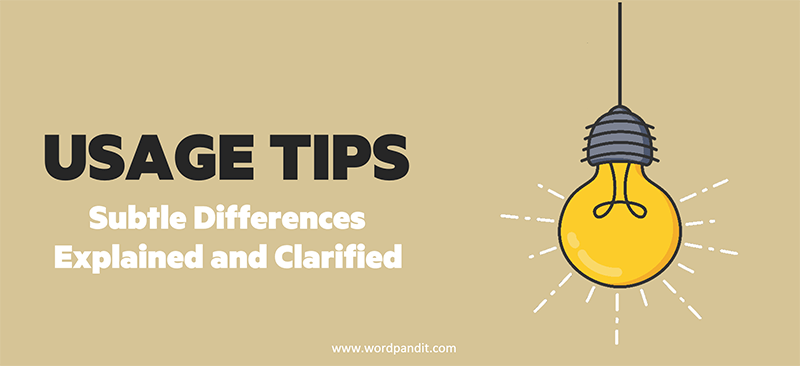Hyperbola vs. Hyperbole: Clearing Up the Confusion
Introduction 🌟
Picture this: you’re trying to impress your friends with your vocabulary and you mix up hyperbola 🌌 and hyperbole 😂. Suddenly, you’re talking about an exaggerated math curve, or maybe a dramatic figure of speech. Confusing, right? These two words may sound similar, but they belong to completely different worlds. Let’s untangle them together so you’ll never mix up geometry with exaggeration again. Understanding these words can not only help you sound more articulate but also prevent some funny misunderstandings, especially when you’re trying to make a serious point or talk about mathematics.
Definition and Pronunciation 📚
Hyperbola (hy-PUR-buh-luh): A hyperbola is a type of curve in geometry. It’s formed when a plane cuts through both halves of a double cone, resulting in a unique shape with two disconnected parts. It’s one of the conic sections, which also include ellipses, circles, and parabolas. The hyperbola has a distinctive shape that resembles two mirrored curves, each facing away from the other, making it an interesting subject of study in mathematics and physics.
Hyperbole (hy-PER-buh-lee): Hyperbole is a figure of speech that involves extreme exaggeration to make a point. For example, “I’m so hungry, I could eat a horse!” It’s used to add emphasis or humor to statements, making them more engaging or memorable. Hyperbole is common in everyday language, literature, and even advertising—think of slogans like “The best coffee in the universe!”
Etymology 🏺
Hyperbola comes from the Greek word “hyperbolē,” meaning “overthrow” or “excess,” which reflects its geometric form. The word was adopted into Latin and eventually made its way into English, keeping its mathematical significance intact. The term is used to describe a curve that essentially “throws” itself outwards, beyond the usual boundaries of an ellipse or a circle.
Hyperbole also originates from the Greek “hyperbolē,” but in the sense of “throwing beyond” or “excess,” which relates to its exaggerated use in language. The idea is that hyperbole involves going beyond the literal truth, pushing the boundaries of reality to make a point more vivid or dramatic. It’s an effective rhetorical tool that has been used since ancient times to persuade, entertain, or emphasize.
Usage Examples ✍️
Hyperbola: “The planets followed paths that resembled hyperbolas when interacting with each other’s gravitational fields.” Hyperbolas often appear in physics when describing orbits and trajectories, especially in cases involving high speeds or gravitational influences.
Hyperbole: “He used so much hyperbole, you’d think he invented the tallest tale ever told.” Hyperbole is often found in storytelling, where exaggeration can make the narrative more entertaining and engaging. For instance, saying “I’ve told you a million times!” is a hyperbolic way to emphasize frustration.
Synonyms & Antonyms 🔄
Hyperbola: No direct synonyms, as it is a specific term. Related words include conic section and ellipse. In mathematics, parabola is also a related concept, though distinct in its properties.
Hyperbole: Synonyms include exaggeration, overstatement, embellishment. Antonyms could be understatement or literalness. Hyperbole adds flair to language, while understatement does the opposite, making something seem less important than it actually is.
Comparison and Contrast ⚖️
The main difference is that hyperbola 🌌 is all about mathematics—a curve that is defined by a specific set of rules. It is a precise concept used in geometry, physics, and other sciences to describe certain shapes and behaviors. Hyperbole 😂, on the other hand, is purely rhetorical—it’s about embellishing a story or statement to make it more impactful or humorous. People often confuse them because they sound so similar, but remembering which is which can save you from some embarrassing moments—like talking about your math homework when you actually mean to express just how incredibly tired you are. Hyperbole is used to add dramatic effect, whereas hyperbola is a concept that adds depth to our understanding of mathematical relationships.
Contextual Usage 📝
“In the math class, we learned about the fascinating shape of a hyperbola 🌌. The teacher explained how hyperbolas can be found in real-world applications, such as the paths of certain comets or the design of radio antennas.”
“He said he could swim across the ocean in one go, but of course, that was just hyperbole 😂. Such exaggerations are common when people want to emphasize their abilities or make a point humorously.”
Mnemonic Devices 💡
Think of hyperbola 🌌 as having two “o”s like two separate curves in a geometric figure. This can help you visualize the two distinct parts of the hyperbola that mirror each other.
Hyperbole ends in “-bole,” like “exaggerated story,” to help you remember it’s all about language. Imagine someone telling a tall tale—it’s hyperbole 😂, not a mathematical concept.
Related Confusing Words 🤔
Ellipse vs. Ellipsis: Another confusing word pair that deserves attention, where one deals with geometry and the other with punctuation. An ellipse is a closed curve like an elongated circle, while an ellipsis (…) is used in writing to indicate a pause or omission. These pairs show how similar-sounding words can have entirely different meanings depending on their context.
Conclusion 🎯
Now you know the difference between hyperbola 🌌 and hyperbole 😂! One is a striking geometric figure, and the other a literary flourish. By keeping in mind their different meanings, you’ll have no problem impressing your friends—without the risk of exaggerating the math. Whether you’re discussing the curves of a hyperbola in physics or adding flair to your speech with hyperbole, you now have the confidence to use these terms correctly and effectively.











